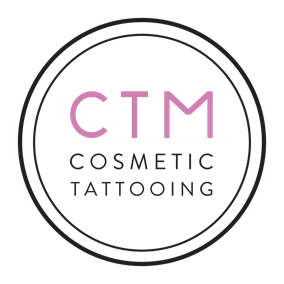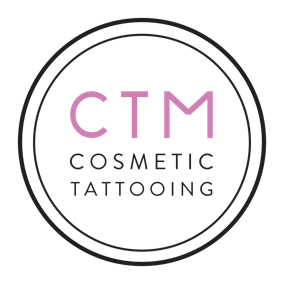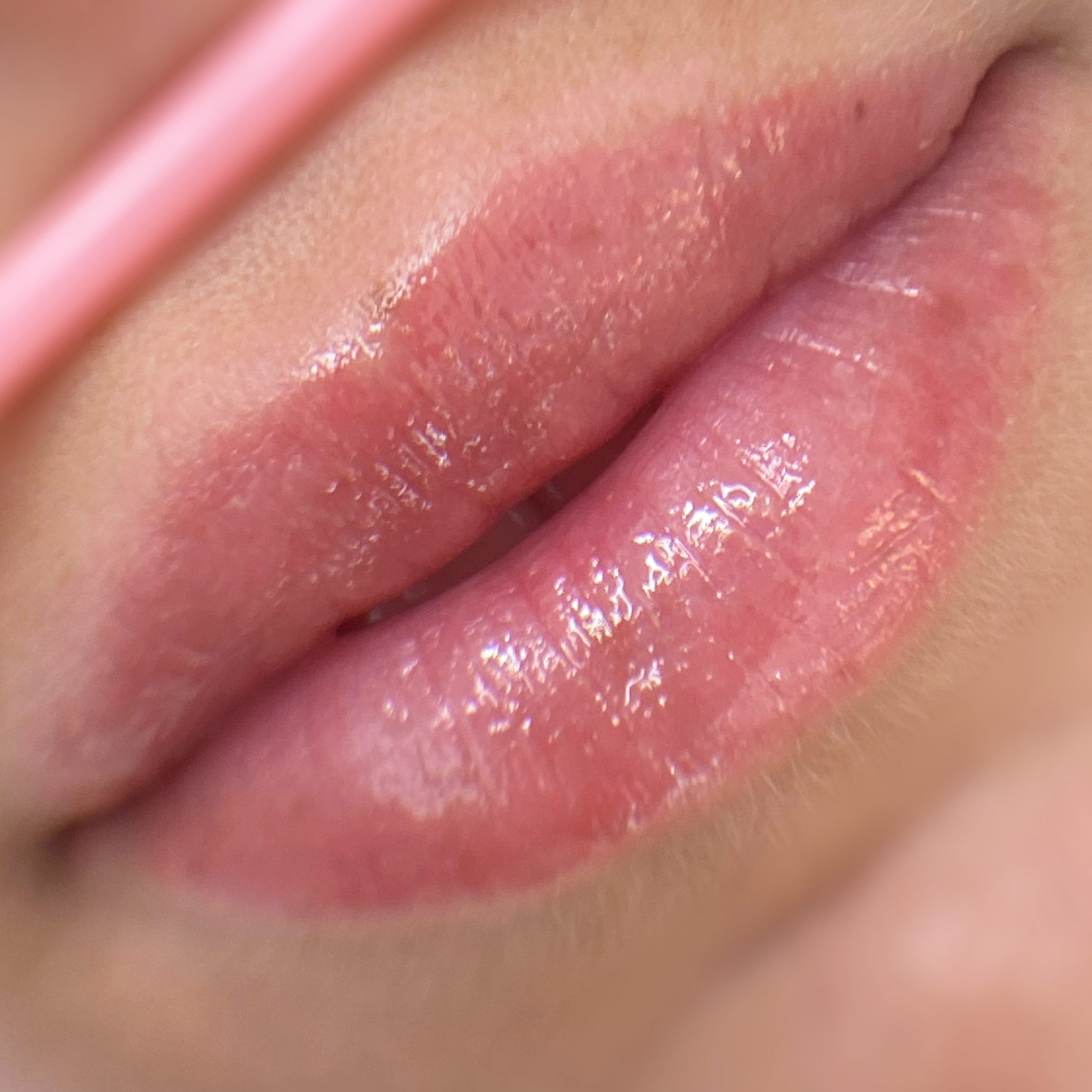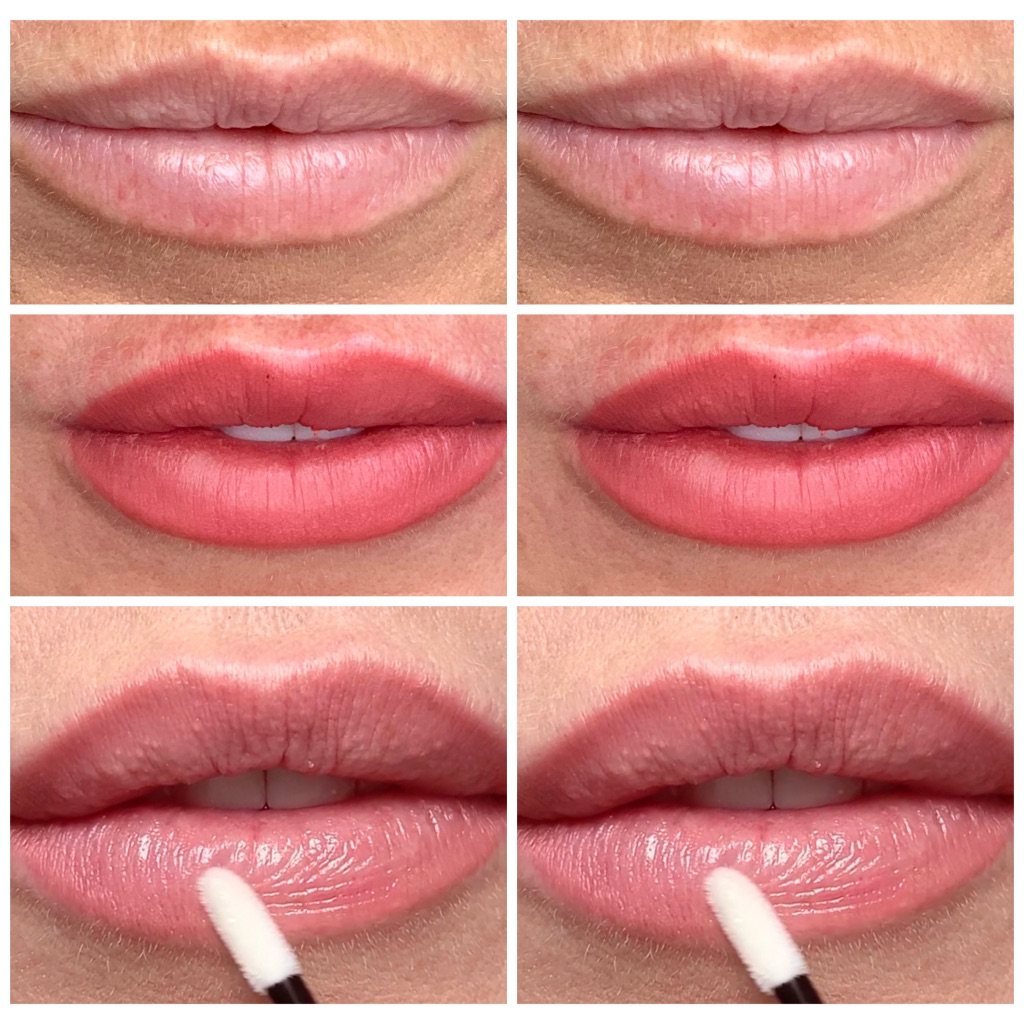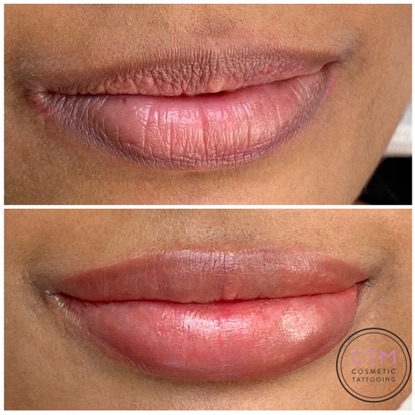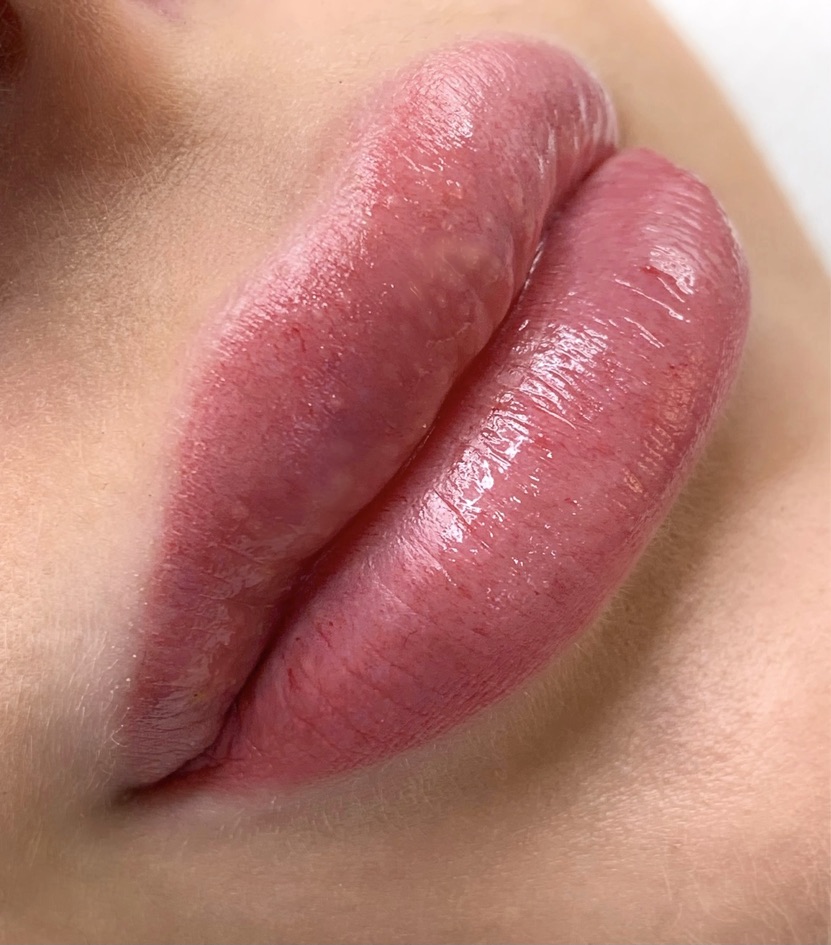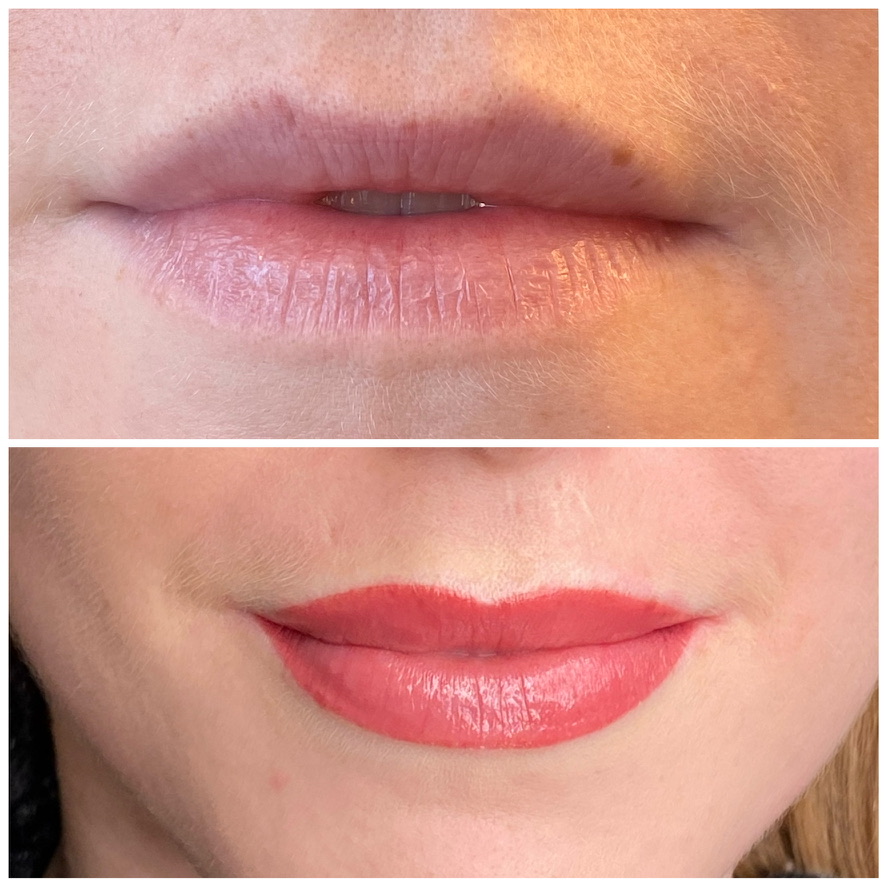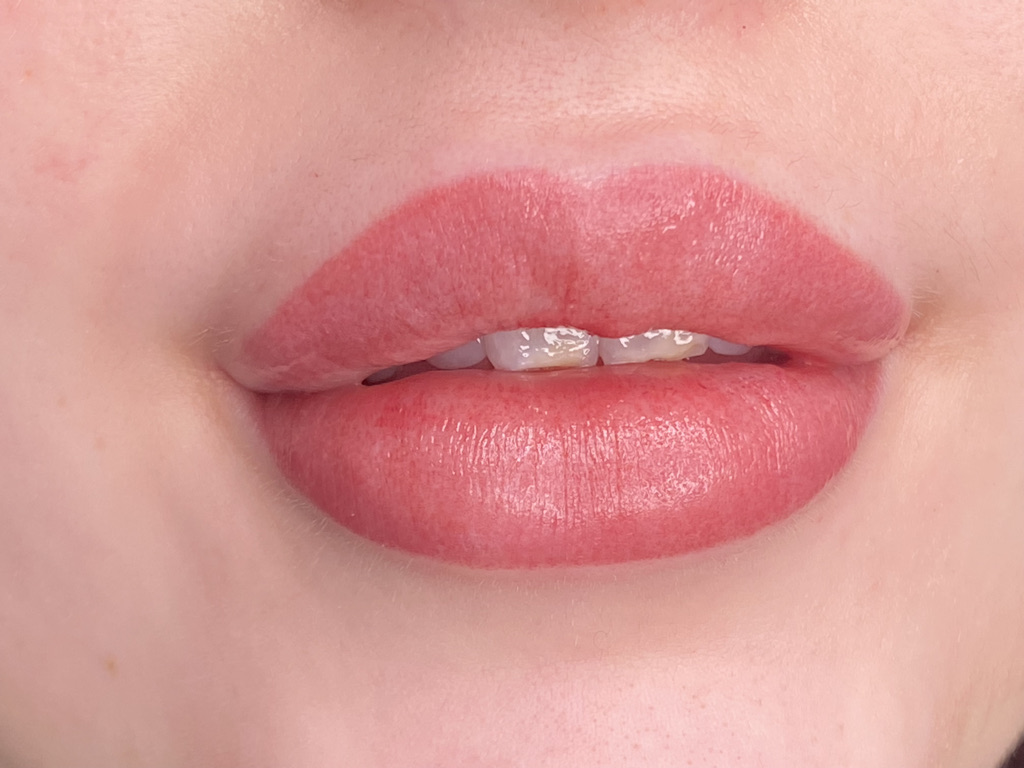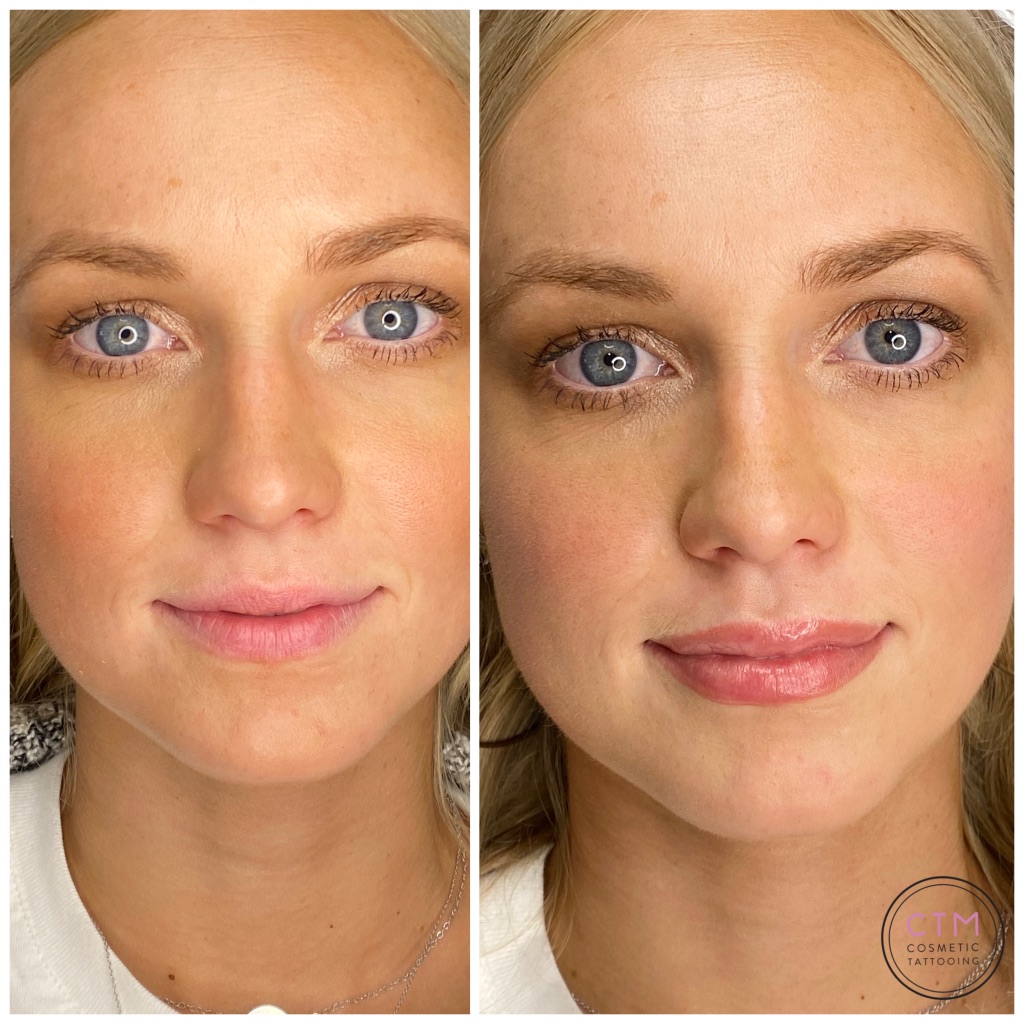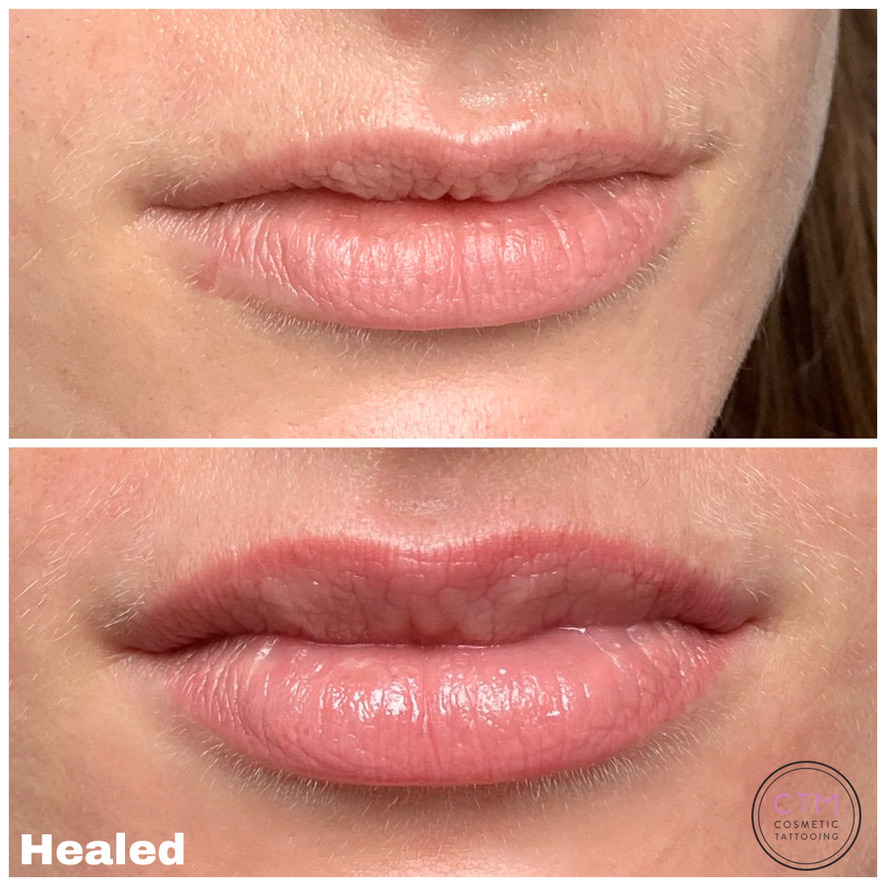What is paramedical tattooing ?
Paramedical or reconstructive tattooing has been adapted from Cosmetic tattooing using PMU pigments. Its aim being to assist in emotional and physical healing by reducing the appearance of skin abnormalities, scaring or trauma. Ultimately we hope that in doing so, our clients have a better sense of harmony and increased self esteem.
What’s the difference between Paramedical and cosmetic or design based tattooing?
Paramedical tattooing uses PMU pigments and regeneration tattooing techniques to reduce the appearance of camouflage hyperpigmentation. Using colour pigments to blend and camouflage these areas, returning them to your natural skin tone. During your appointment we will colour match and discuss the pigments suited for your treatment area.
Who is eligible for paramedical tattooing?
Any clients with trauma to the skin, causing hyperpigmentation is eligible for Paramedical tattooing. Specifically at CTM, we can assist anyone with the below circumstances:
- alopecia
- cleft lip and palate
- vitiligo
- burns scarring
- cancer scarring
- skin disease scarring
- gender reassignment
- Breast scar camouflage
- Tummy tuck scarring
- Belly button scarring
- Facelift scaring
- Skin grafts
- Self harm scarring
At CTM, our diverse selection of pigments caters to all skin tones, ensuring precision and satisfaction in every appointment with our skilled Paramedical Tattoo Artists.
What are the limitations ?
For the best results, we will need to disclose skin changes in colour, composition and exposure, so during seasonal changes, your camouflage tattoo will remain seamless. Sun exposure, Skin composition, tanning habits and seasonal changes to skin tone all affect that way in which we will camouflage your hyperpigmentation. Health factors including medications and hormonal imbalances may also have an affect on your desired outcome. All environmental, lifestyle and health factors will be discussed prior to your appointment.
Frequently Asked Questions
How is cosmetic tattooing done?
A precise hand-held sterile digital or hand held device with all disposable, single-use sterile parts leaving the client in a hygienic environment. A needle penetrates the skin and pigment is released to the appropriate area. It’s the same process used for hundreds of years to create designs on skin.
How permanent is cosmetic tattooing?
Depending on the area treated, age of the client and skin condition a tattoo will last anywhere from 6 months to 5 years. The colour will fade over time depending on the lifestyle choices, skin tones and the pigment used. The client may need a touch-up procedure every 1-3 years to keep the colour vibrant.
The cosmetic tattoo will generally last up to 3-5 years. The colour will slightly fade over time depending on the individual’s lifestyle choices, skin tones and the pigment used. The client may need a touch-up procedure every 3-5 years to keep the colour vibrant.
Should I expect there to be pain involved?
The sensation will vary according to each individual. Most people experience very little or no pain whatsoever. Topical anesthetic is applied for all procedures and liquid anesthetic is run through the tattooing device during the procedure. Panadol can be taken 45 min prior to the procedure to minimize sensitivity. Some clients are so relaxed, they even fall asleep during the procedure. Note: If you have your menstruation cycle, sick, extremely run down or hangover, there may be slight discomfort with the procedure.
Is there a choice of colour?
We offer an extensive spectrum of colours to suit every client’s requirements, from soft natural pigments to more dramatic options.
How long is recovery?
Every procedure has a different healing time with little or no swelling to the time it takes for the pigment to settle into the skin. This all varies depending on the procedure and the area. There is no downtime, you can resume normal activities straight after your procedure. Keep in mind that you will need to follow the aftercare with certain specifications in order to properly maintain your new tattoo.
The first 3-7 days your tattoo will be slightly darker in appearance than what the final outcome will be.
Is there an age limit on your procedures?
All clients must be over the age of 18.
What's the difference between the traditional tattooing process and permanent makeup?
Both of these procedures involve tattooing the skin. The difference is the machine used, the depth of implantation and the pigments used.
In traditional tattooing, a pigment is added to the third layer of the skin, the subcutaneous. Where in permanent makeup the pigment is added to the second layer of the skin called the Dermis, creating a final result of a soft blend of colour to the tattooed area.
Body tattooist also use a coil machine which is more powerful and not gently for the face.
Can I suffer from allergic reaction?
If you have ever been allergic to nickel, hair dyes, or latex it is best to have a test patch done in order to determine whether you could suffer from allergic reaction to the pigment.

